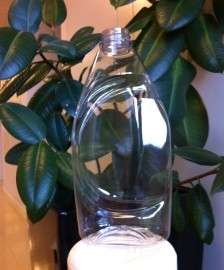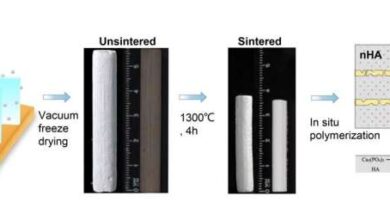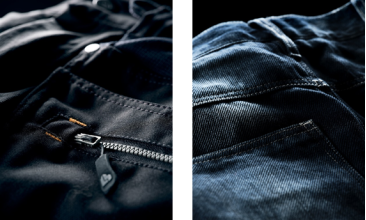Plant-based food packaging extends shelf life of food

Norwegian researchers from SINTEF developed plant-based packaging that extends the shelf life of food and lets consumers know if it is still edible or not. The packaging is made from PLA (polyactic acid) and bio-PET (polyethylene terephthalate).
According to the Food and Agriculture Organization of the UN, nearly one third of the food produced in the world for human consumption every year—approximately 1.3 billion tonnes—gets lost or wasted. Food losses and waste amounts to roughly $680 billion in industrialized countries and $310 billion in developing countries. Most of this waste is coming from retail outlets and households due to inaccurate “best before” dates stamped on food, which mean that both retailers and consumers are disposing of food that is still okay to consume.
To combat this crisis, Norwegian researchers from SINTEF developed plant-based packaging that extends the shelf life of food and lets consumers know if it is still edible or not. The packaging is made from PLA (polyactic acid) and bio-PET (polyethylene terephthalate).
“The packaging is made of biopolymers to which we have added nanoparticle components,” said SINTEF’s Åge Larsen. “This provides the packaging with new and improved food preservation properties. It is designed mainly to protect the contents from their surroundings and thus extend shelf life. We achieve this by means of improved oxygen barriers. Standard plastic packaging allows the entry of air which places restrictions on shelf life. Moreover, the new approach considerably reduces the carbon footprint.”
[EasyDNNGallery|1898|Width|400|Height|400|position||resizecrop|False|lightbox|False|title|False|description|False|redirection|False|LinkText||]
Larsen said that plant-based food packaging is an expanding field. Four packaging designs are currently being made using PLA and bio-PET—a blowmolded bottle, a pot for seafood, bowls made with a three-layer coating, and a blowmolded film (similar to plastic foil) that can be used for making bags and oxygen-protective coverings.
The researchers also developed sensors that let you know if food is too hot to eat or if the product has gone bad.
“The sensors are sensitive to small changes and the packaging will change color when the substances are released,” says Larsen. “It might be embarrassing for a food retailer to be faced with rows of red flashing lights, so we envisage developing substances that are not necessarily visible to customers when they are released. Manufacturers, on the other hand, will be able to use direct-reading instruments,” he says.
source: http://plasticstoday.com/






